Is A Graphic Display Of Data That Illustrates The Results Of A Process Over Time.
Types of Graphs and Charts
Past Indeed Editorial Team
Nov 23, 2020
Graphs and charts tin can brand it easier for people to interpret data. In that location are many types of graphs and charts that organize information in different ways, and they are normally used for business purposes. It is important to know the dissimilar types of graphs and charts then you lot can choose the best i to brandish your information, especially when making professional presentations. In this article, we will discuss diverse charts, graphs and their various uses.
What are graphs and charts?
Graphs and charts are visuals that show relationships between information and are intended to display the information in a way that is like shooting fish in a barrel to understand and recollect. People frequently utilize graphs and charts to demonstrate trends, patterns and relationships betwixt sets of data. Graphs may exist preferable to display sure types of data, while charts are platonic for others. The chart or graph you choose will frequently depend on the key points you want others to learn from the information you've collected.
Graphs vs. charts: What'south the difference?
While many people utilise 'graph' and 'chart' interchangeably, they are different visuals. Charts are tables, diagrams or pictures that organize large amounts of data clearly and concisely. People utilize charts to translate current data and make predictions. Graphs, still, focus on raw information and evidence trends over fourth dimension.
Different types of graphs
You can cull from many types of graphs to brandish data, including:
1. Line graph
Line graphs illustrate how related information changes over a specific menstruation of time. I centrality might brandish a value, while the other axis shows the timeline. Line graphs are useful for illustrating trends such as temperature changes during sure dates.
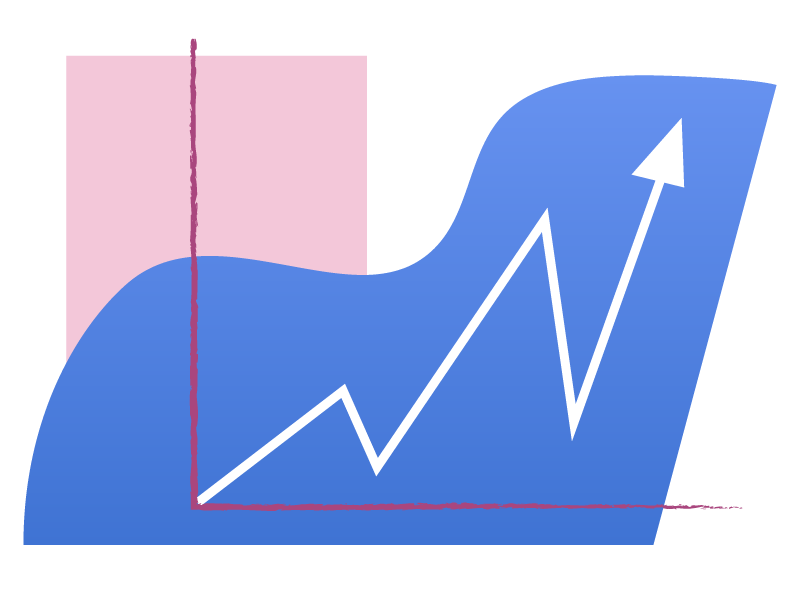
2. Bar graph
Bar graphs offer a simple way to compare numeric values of whatever kind, including inventories, group sizes and financial predictions. Bar graphs tin can be either horizontal or vertical. Ane axis represents the categories, while the other represents the value of each category. The height or length of each bar relates directly to its value. Marketing companies oft use bar graphs to display ratings and survey responses.
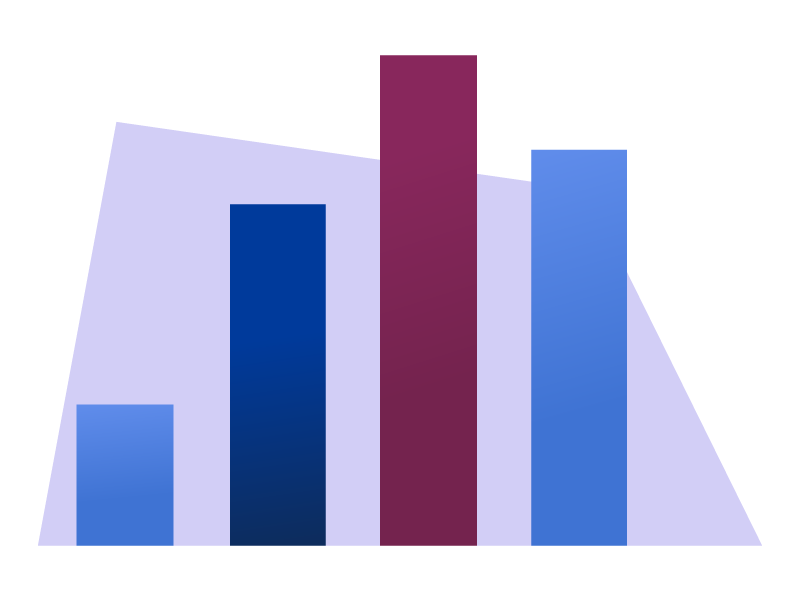
Read more: Employee Surveys: Your Modern Day Proposition Box
3 . Pictograph
A pictograph uses pictures or symbols to display data instead of bars. Each movie represents a sure number of items. Pictographs can be useful when you want to display information in a highly visual presentation such as an infographic. For case, you could use a picture of a book to display how many books a shop sold over a menses of a few months.

4. Histogram
A histogram is another type of bar graph that illustrates the distribution of numeric information across categories. People often use histograms to illustrate statistics. For example, a histogram might display how many people belong to a certain age range inside a population. The height or length of each bar in the histogram shows how many people are in each category.
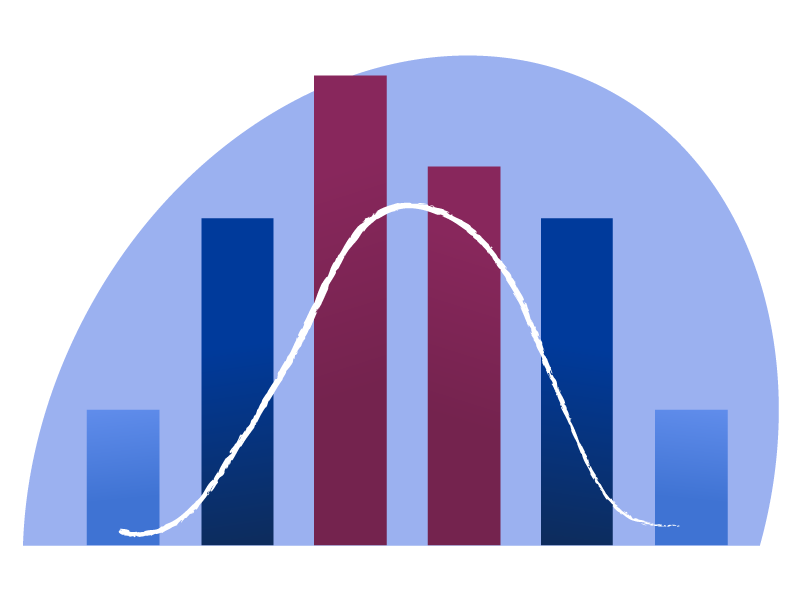
v. Area graph
Area graphs bear witness a modify in ane or more than quantities over a certain period of fourth dimension. They often help when displaying trends and patterns. Like to a line graph, area graphs use dots connected by a line. Nonetheless, an area graph involves coloring betwixt the line and the horizontal axis. You lot can use several lines and colors between each one to bear witness how multiple quantities add together upward to a whole. For example, a retailer might use this method to display the profits of unlike stores over the aforementioned timeframe.
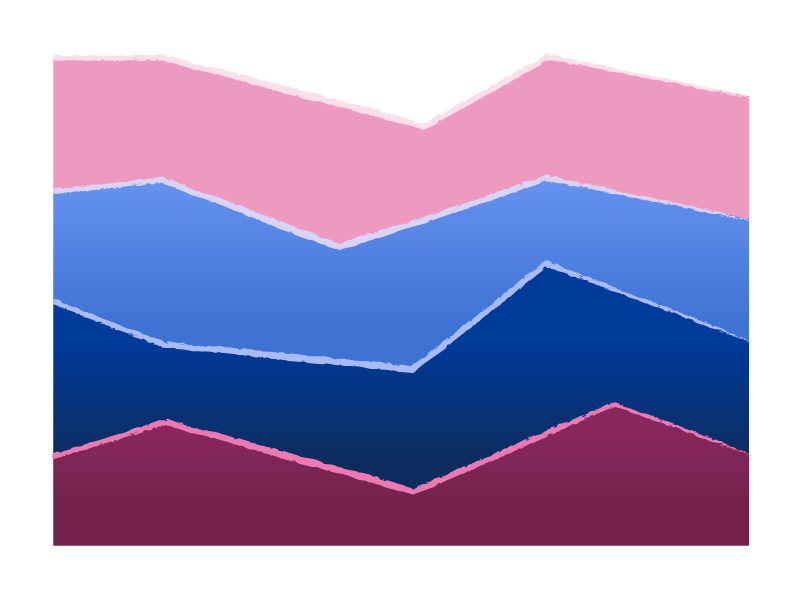
6. Scatter plot
Scatter plots use dots to depict the relationship between two different variables. Someone might employ a besprinkle plot graph to show the relationship between a person'due south height and weight, for example. The procedure involves plotting one variable forth the horizontal axis and the other variable along the vertical axis. The resulting besprinkle plot demonstrates how much one variable affects the other. If there is no correlation, the dots appear in random places on the graph. If there is a strong correlation, the dots are close together and form a line through the graph.
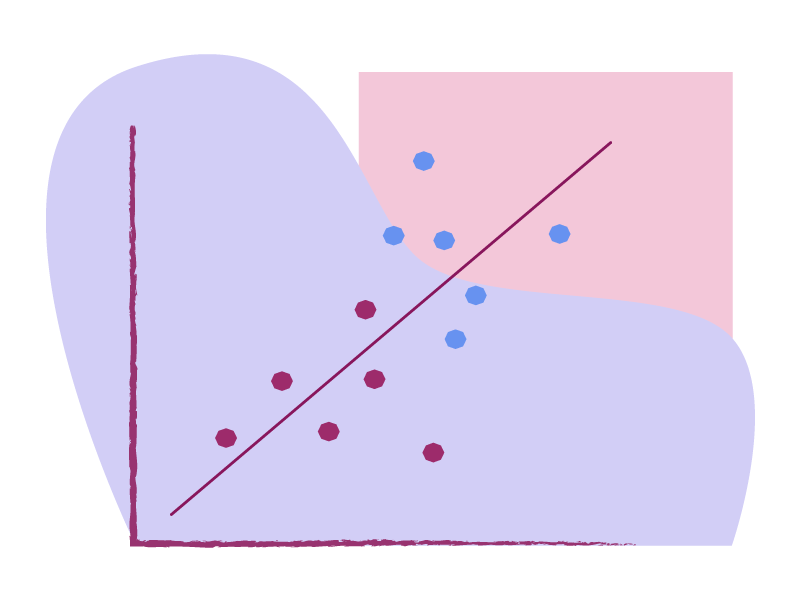
Different types of charts
There are seven mutual charts you tin can use to display information:
1. Flowchart
Flowcharts assist organize the steps, decisions or actions in a process from beginning to end. They oft include more than than ane starting point or endpoint, displaying dissimilar paths you can take in a process to become from showtime to finish. People often utilise flowcharts to describe complex situations. They use special shapes to illustrate different parts of the process, and they typically include a legend to explain what each shape means.

ii. Pie chart
A pie chart presents the different parts of a whole. Information technology looks like a circle divided into many pieces, much like a pie cut into slices. The pieces are dissimilar sizes based on how much of the whole they represent. Each piece commonly has a characterization to represent its value compared to the whole. Professionals can utilize pie charts in business organisation presentations to demonstrate population segments, market research responses and budget allocations.
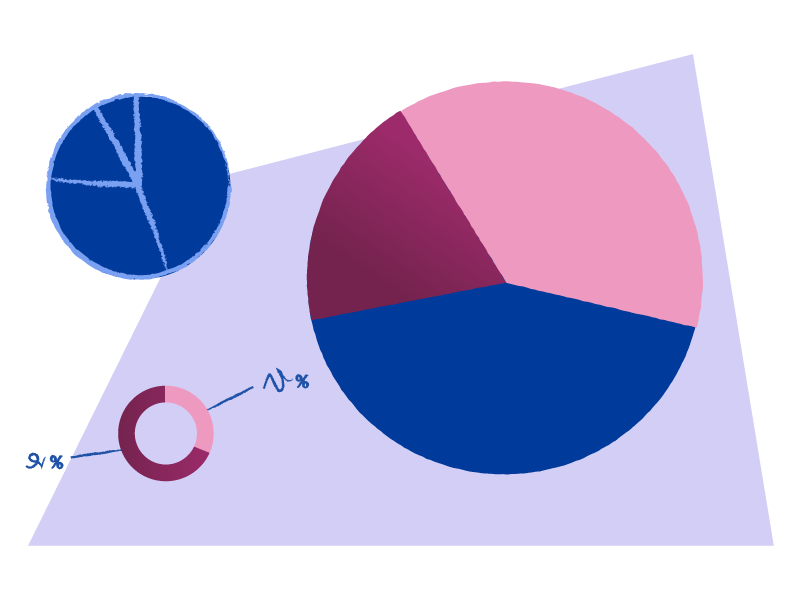
three. Gantt chart
Gantt charts illustrate projection schedules. The horizontal axis represents the timeframe for the project in days, weeks, months or years. The nautical chart displays each project task as a bar on the vertical axis. The length of the bar depends on the kickoff and terminate appointment of the job, but sometimes in that location is also a vertical line for the current date. Project managers utilize Gantt charts to monitor the progress and completion condition of each task.

Related: Understanding the Project Management Processes and Phases
4. Waterfall nautical chart
Waterfall charts reflect variance over time. They demonstrate both the positive and negative impact of different factors on an initial value, such equally an opening balance. Waterfall charts are helpful when illustrating financial statements, analyzing profit and loss and comparing earnings. You might use this chart to highlight the budget versus the amount spent. Positive and negative values normally follow a color lawmaking to show how the value increases or decreases due to a series of changes over time.
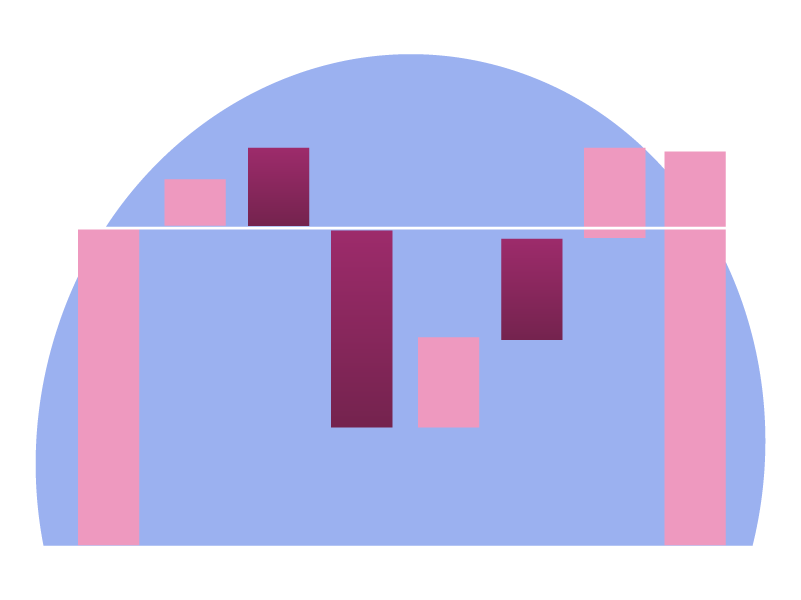
v. Gauge chart
Judge charts display data as a reading on a dial. They show where a specific data point is within a minimum or maximum range. A needle depicts the value within a scale. Many people apply guess charts to illustrate speed, revenue goals and temperatures.

6. Funnel nautical chart
Funnel charts illustrate how values progress through different stages. They are widest at the peak and narrowest at the bottom. Funnel charts are especially helpful when tracking a sales process. They besides work well to describe website traffic, including the number of visitors to a site, the pages viewed and downloads made. Social club fulfillment is another common employ for funnel charts, as they can easily show the "number of orders placed, canceled and delivered.
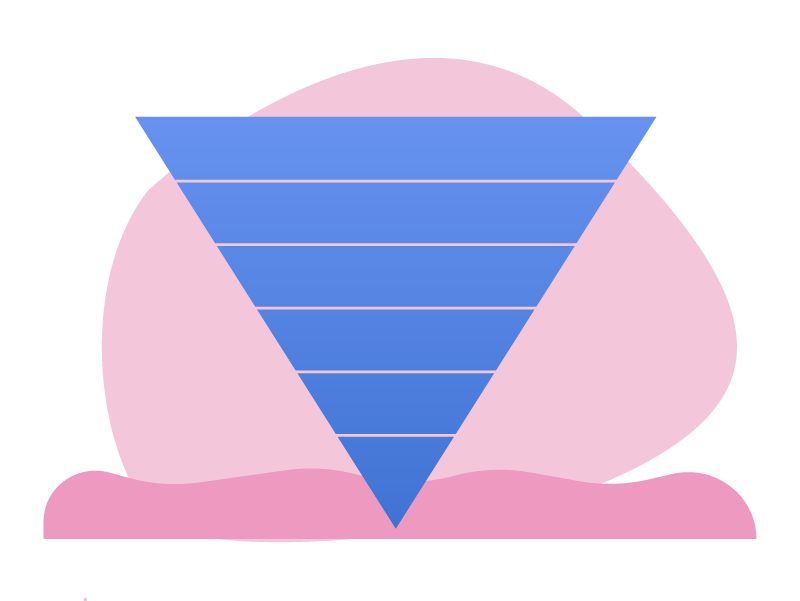
vii. Bullet chart
A bullet chart tin can help you measure the performance of a specific goal or target. Some bullet charts, such every bit those that demonstrate profits, have high targets. Others have low targets, including those that display expenses. People ofttimes use bullet charts in dashboards to illustrate the progress of key operation indicators (KPIs). A bullet chart is similar to a bar graph and consists of three parts:
-
A line showing the target value
-
A center bar showing the bodily value
-
Colored confined showing functioning indicators
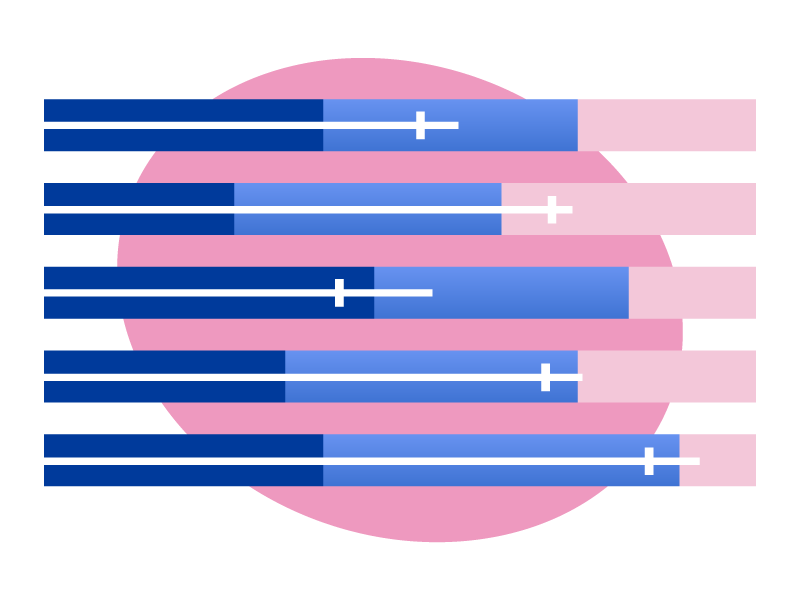
Is A Graphic Display Of Data That Illustrates The Results Of A Process Over Time.,
Source: https://www.indeed.com/career-advice/career-development/types-of-graphs-and-charts
Posted by: smithwiting.blogspot.com


0 Response to "Is A Graphic Display Of Data That Illustrates The Results Of A Process Over Time."
Post a Comment